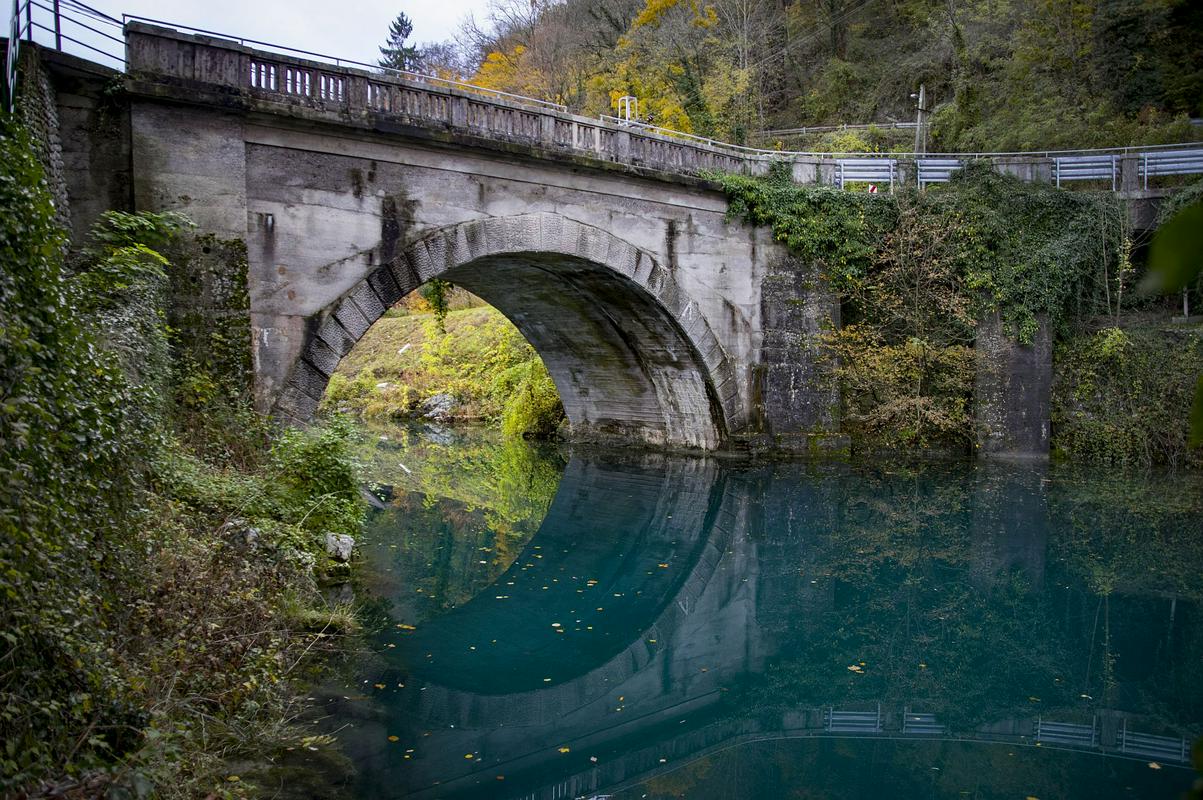
Because the bridge would have to be torn down this month and replaced by a new one before early May, the investor – the Agency for Infrastructure – will decide whether to suspend the project due to local opposition. A suspension would mean that a new bridge would not be built until three or four years from now. The directorate would also risk having to pay compensation to the contractor – the Koper-based Adriaing, with which the state has already signed a contract worth 600,000 euros. The story has been long in the making.
The Agency for Infrastructure published its documentation for the new bridge in 2008. Because the public was poorly informed about the plans, a group of experts from the area met just before the bridge was scheduled to be torn down. The group included architects, landscape architects, construction engineers, and others, including landscape architect Nina Lipušček: "We are unanimous about one thing – the project was carried out with a remarkable lack of feeling for the area's culture and history. There was also insufficient communication with local people, who use the bridge and live alongside it."
"The requirements of the project should not hinder the design process."
The new 11-meter bridge would be considerably wider than the present design. It would include a 1.7-meter-wide sidewalk, but because of water flow and flood risk requirements made by the Water Agency, its arch would be only partial and limited. During the last major flood, the water level topped up just a meter under the bridge. The design is the result of these requirements, explains Tomaž Willenpart from the Agency for Infrastructure.
However, the town's residents counter that the terms of the project impose no limits on the design. The new bridge needs to be more than a basic, temporary structure, they argue. After all, the bridge is known for its attractive jumps and has given the town its name. ("Most" means bridge in Slovenian; the town's former names include Sv. Lucija na Mostu, Ad Pontem, Pont St. Mauro, and Maurus Brücke.) Therefore, it should complement the area. The goal is not to copy the current bridge, which dates to the time of the Fascist occupation, adds Lipušček: "We are certainly not requesting that the old arch is preserved. We just want an effectively-designed bridge that complements its location."
The decision whether the 600,000-euro-plus project (40,000 euros have been spent so far) will continue or be suspended is now in the hands of the Agency for Infrastructure. If the process is suspended, Willenpart believes that the project would be delayed for at least three and a half years.

































































